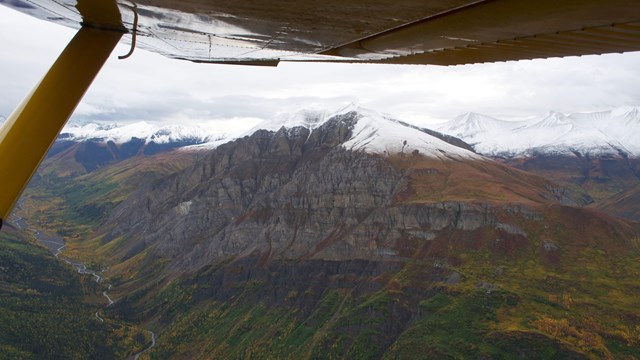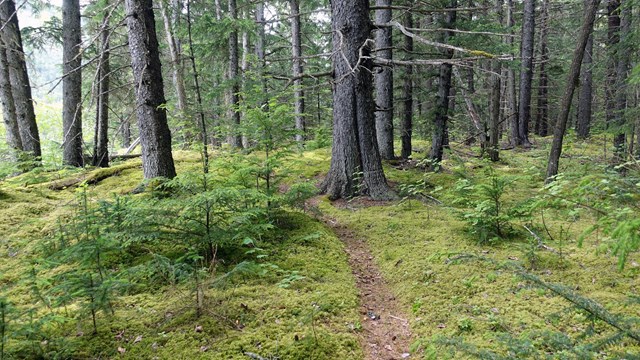The majority of cultural landscapes in Alaska are historic vernacular landscapes, typically associated with historic mining, transportation, or subsistence activities. Just as numerous but significantly underrepresented in the national database are Alaska's ethnographic landscapes, which reflect the interaction of traditional culture and place. Designed landscapes and historic sites are the least represented cultural landscape types in Alaska.
The area's list of potential cultural landscapes is currently being updated to identify new landscapes, to articulate park priorities, to clearly define our landscape identification/selection process, and to better align regional and park staff field schedules during the brief, three-month field season. In association with the Alaska Region Cultural Resources Advisory Council, the AKCLP has formed a working group to accomplish these goals.
Many cultural landscapes in the region are vulnerable to the cumulative effects of climate change or other impacts. Flooding, thermokarst failure, wilderness designations, and development are all factors affecting Alaska's landscapes. The Cultural Landscape Inventory is one tool being used to monitor landscape condition and change over time.
The area's list of potential cultural landscapes is currently being updated to identify new landscapes, to articulate park priorities, to clearly define our landscape identification/selection process, and to better align regional and park staff field schedules during the brief, three-month field season. In association with the Alaska Region Cultural Resources Advisory Council, the AKCLP has formed a working group to accomplish these goals.
Many cultural landscapes in the region are vulnerable to the cumulative effects of climate change or other impacts. Flooding, thermokarst failure, wilderness designations, and development are all factors affecting Alaska's landscapes. The Cultural Landscape Inventory is one tool being used to monitor landscape condition and change over time.

Featured Articles
Stories about cultural landscapes of Alaska's national parks

Cultural Landscape Profiles
An overview of a few of the landscapes in Alaska. More to come!
Last updated: April 6, 2021
